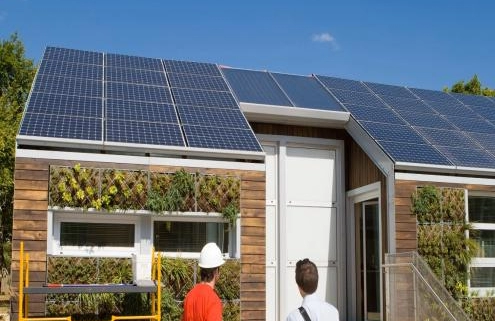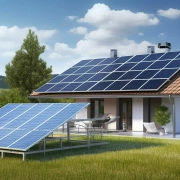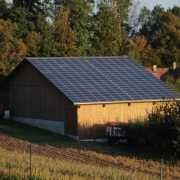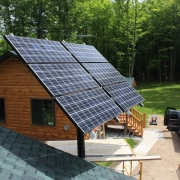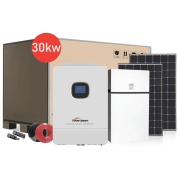Five major issues facing urban residents when installing off grid home solar system
Different issues and adjustments exist when installing off grid home solar systems in densely populated environments compared to rural or suburban areas. Urban residents face limited roof space, shading from adjacent high-rise buildings, strict permitting processes, and complex grid interconnection regulations. In addition, urban homes often require high-energy density home applications and home systems to accommodate modern lifestyles, including electric HVAC systems, smart home systems, and electric vehicle chargers, which are all issues faced by urban residents in different regions when installing an off grid home solar system. At the same time, some users must maintain aesthetics and structural integrity. BARANA combines years of experience in solar product solutions to solve these city-specific challenges.
Space and Rooftop Limitations When Installing Off Grid Home Solar System
One of the biggest obstacles facing urban residents is limited roof space. The roofs of high-rise apartments and townhouses are often small and irregularly shaped, which makes it difficult to install a comprehensive off grid home solar system. Urban buildings in many areas have rooftop facilities such as heating, ventilation, air conditioning, etc., further reducing the available panel installation area. To overcome these limitations, BARANA offers high-efficiency, premium monocrystalline panels with power densities exceeding 450 W per module, requiring fewer panels to achieve a given capacity. Our flexible thin-film modules can conform to curved surfaces and integrate into balcony railings for attic or balcony installations.
Additionally, during the installation process, we conduct a structural survey of the house to confirm the roof’s load-bearing capacity, so that we can recommend a lightweight mounting system to minimize the added weight. At the same time, our engineers can maximize the array orientation and tilt in a small space, ensuring the best energy output in a limited space.
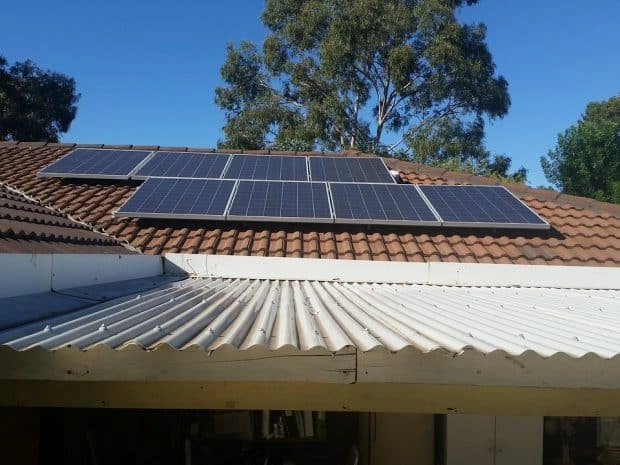
Shading and Performance Optimization for Off Grid Home Solar System
Neighboring skyscrapers, rooftop HVAC units, and urban foliage can significantly reduce the output of solar panels. In an off grid home solar system, even partial shading of a single panel string can reduce overall system efficiency by up to 30%. BARANA combats shading losses with modular microinverters and optimizers, which separate the performance of each panel to achieve independent MPPT. Combined with advanced predictive analytics, we optimize panel placement to avoid hot spots and maximize daily kWh production. In addition, our dynamic EPS monitors array performance in real time and issues alerts when unexpected shading or contamination occurs. This comprehensive shading management strategy ensures your off-grid home solar system operates consistently and efficiently even in the most obstructed urban environments.

Permitting Process and Regulatory Compliance
City building codes, fire department regulations, and utility interconnection rules can be cumbersome for urban solar users. The permitting process for off grid home solar systems is often months long and requires structural engineering stamps, roof load certifications, and detailed electrical schematics. BARANA’s services include dedicated regulatory experts who manage all permitting tasks on behalf of homeowners, from digitally submitting permit packages to responding to municipal inquiries and coordinating site inspections. We compile comprehensive documentation, including solar utilization studies, UL-listed equipment datasheets, and single-line wiring diagrams, streamlining the approval process for building and zoning departments. At the same time, our team ensures full compliance with NEC Article 690 for photovoltaic installations and local fire code requirements for rapid shutdown. By navigating these complex regulatory issues, we expedited the project, reduced administrative costs, and obtained the necessary approvals for each off grid home solar system user.
Energy Storage and Backup Power Needs
Urban homes often rely on high-energy-consuming appliances, such as central air conditioners, refrigerators, medical equipment, and electric vehicle chargers. These require a strong energy storage strategy in off grid home solar systems. BARANA’s off-grid solar kits use modular lithium-ion battery packs and off grid solar systems covering different kW, such as 3 kW, 5 kW, 6 kW, 10 kW, etc., to match the daily load curve and the required number of operating days. At the same time, the integrated solar inverter intelligently manages the charge/discharge cycle, battery health, and optional backup generator start-up. The smart EMS provides real-time load monitoring and prioritizes critical circuits for low power generation. By designing off-grid home solar systems with these advanced energy storage and control features, we can ensure continuous and reliable power for urban residents, avoid power outages, and reduce dependence on noisy, polluting portable generators.
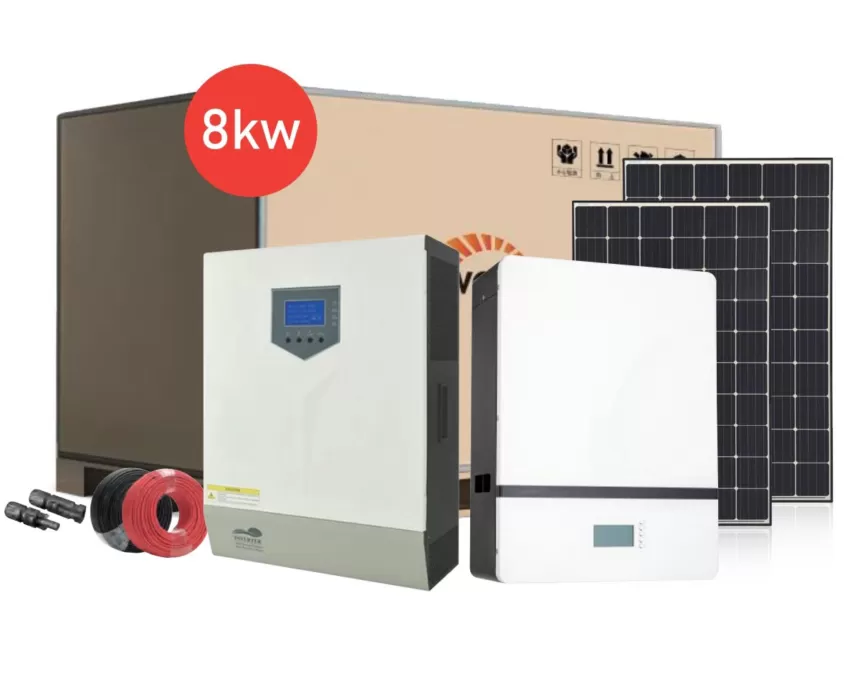
Aesthetic Integration and Community Acceptance
In some high-profile urban neighborhoods and historic districts, maintaining architectural harmony and minimizing visual impact is also a major installation challenge. HOAs and conservation boards will resist unsightly PV arrays. BARANA solves aesthetic issues by providing low-profile, all-black PV panels and custom-framed, architecturally integrated PV solutions that blend seamlessly with roof materials, exterior walls, or balcony railings. Hidden wiring channels, color-matched conduit, and recessed junction boxes further reduce visual clutter. In addition, our design process includes high-fidelity renderings and on-site models to collect community feedback and obtain approval. We will always put excellent design and performance first to ensure that each off grid home solar system will enhance rather than detract from the urban streetscape, thereby improving community acceptance and increasing property values.
Solving the Challenges of Installing Off Grid Solar Systems in Cities
Installation in urban environments faces space constraints, complex shading issues, regulatory barriers, energy storage requirements, and more. BARANA will use cutting-edge PV technology, module-level electronics, modular energy storage systems, and streamlined permitting services to provide city residents with tailored off-grid solar system energy solutions.

